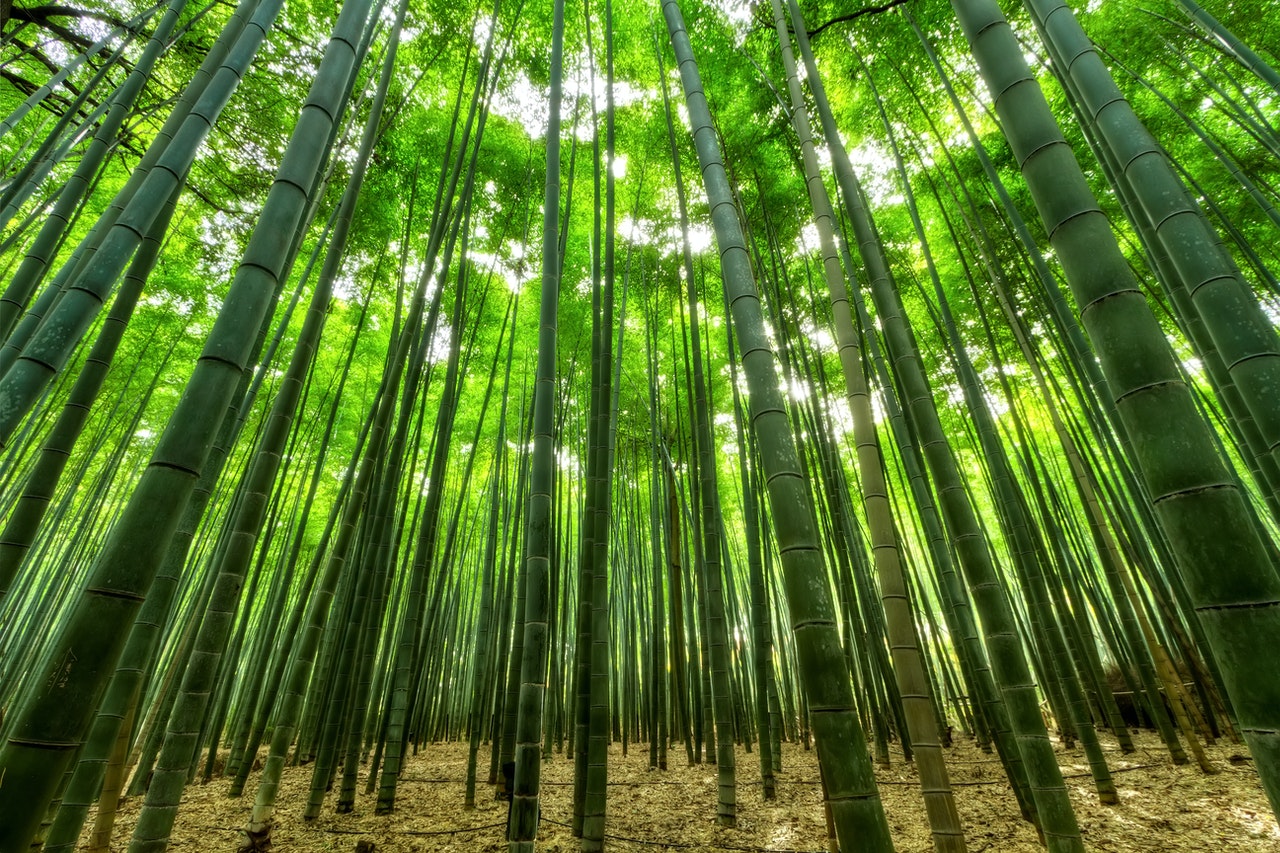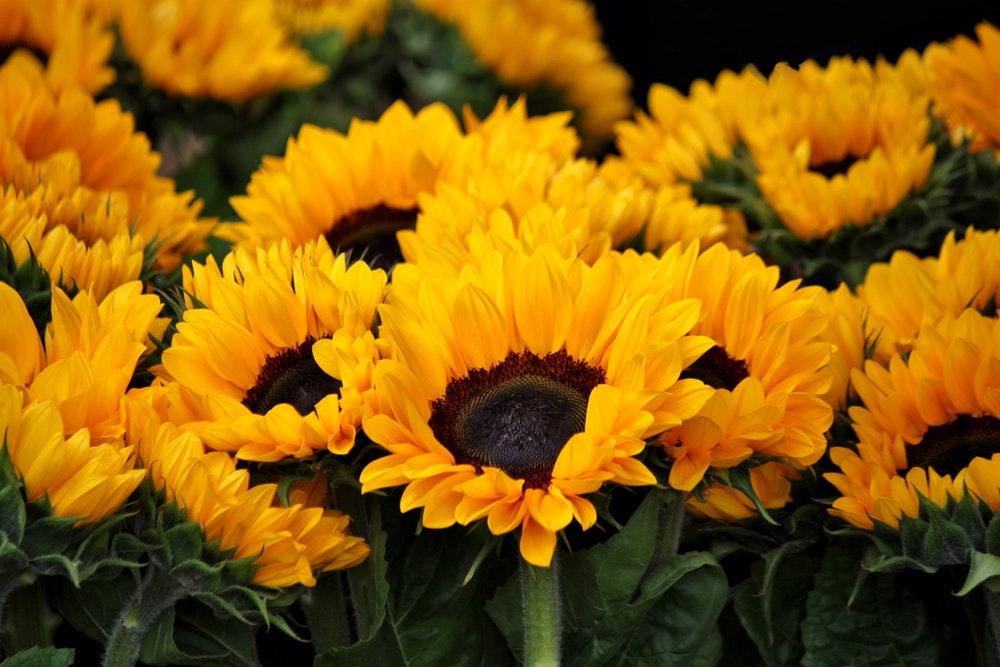How to Get Started in Botanical Photography

We all have read about plants as highly important for supporting life on earth and that is true. Apart from being so important, the beauty of plants is unmatchable as well. As photography is all about freezing the precious moments from this ever-changing natural world.
Botanical photography is all about capturing plants, flowers, etc. It might seem quite a different genre for a large number of beginner photographers. This is going to be a complete guide for beginners if they want to step into the field of botanical photography.
You must have seen highly intriguing and interesting photos of flowers and plants. Here are a few things to care about in case you want to get started with it.
Start with a familiar environment
It will take a bit of time to learn all the fundamentals of botanical photography. Going to a point far away from home is not a feasible solution when you have got enough things right in your neighbourhood.
Going to a completely new environment might confuse you in some ways. That is why you have to find such subjects near or around your home. This way you will be able to learn things easily while keeping the expenses under budget.
Being familiar with the environment makes it easy for you to be more creative in botanical photography.
Necessary gear and equipment
This is the first requirement for getting started with any genre of photography. Adequate information about gear lets you use them based on your varying demands.
Smartphones might be enough in some cases while you may need DSLRs in other cases. Make sure you are equipped with the gear all the time because this photography usually happens outside.
Make sure you have your DSLR all the time with a standard 50mm lens. A quality tripod plays a very important role here. You must keep your camera steady when you are shooting with long exposure. This is the usual setting while shooting outside. Anyone may have a hard time without a tripod in botanical photography. The use of a cable release will make things even more convenient for you.
The use of reflectors will also suffice in cutting down the shadows. Shadows come for granted when you are shooting outside due to the abundance of light. Having a reflector gives you the ability to get rid of those unwanted shadows.
If you are in the mood of capturing the beauty of small flowers and other minute botanical aspects, get your macro lens with you as well. The fine details of a petal, contrast, and texture of leaves can’t be captured with a regular lens.

Make a proper plan before getting started
It is very important in botanical photography because the majority of factors are out of your control here. As there is nothing you can do about light when you are shooting in the bright daylight, choosing the right time is your only option.
Clicking photos of plants is ideal during sunrise and sunset availability of light is favourable. There is no such time frame when you are shooting photos of flowers. You may capture the best photos of flowers even in the middle of the day and use the shadows for further enhancement.
The other thing worth focusing on here is avoiding achieving perfection. What you think of as the best shot is not the best many times. It happens very often when a little bit of blur brings the photo to life. That blur might show a movement to trigger certain emotions, etc. Imagine the blur of water from a fast moving waterfall.
Getting creative with props is easy in botanical photography. Leaves or petals at the edge of your lens can create lens flare. Suitable plastic wrap can help you attain another level of visual effects. Water sprayers can introduce tiny water droplets on the subject to make it look even fresher and alive.
Capturing composite images is very important in botanical photography. Just bring a fractal lens with you and place it in the proper place in front of your lens to get the best composite images. Prisms also work well in case you don’t have a fractal lens.
Want to earn money from your hobby?Sign up free as a Stockphoto.com contributor today!
|
Know your subject
The botanical world is quite diverse and each plant contains specific features. Always try to know about intricate aspects of your subject beforehand. The first thing you need to know is the colour. Make a popular plan about the proposed colour that should pop out of the frame.
This is something you can’t do the best way without a proper plan. If you want to photograph a plant, have a clear idea about the part of the plant you want to highlight by finding the point of focus.
Be attentive to certain details. Plants and flowers have different textures and other fine details that you can capture based on your attention. Whether it be leaves, the surface of the stem, or the barks of plants, they all have certain textures. These textures add to the beauty of those plants and flowers.
Closeups work the best in making these subtle textures visible through photos. It all depends on the type of plant you are planning to shoot. The specialty of some plants lies in their overall shape while for others it is in the fine texture. Choose the specialty beforehand to capture the best.
Textures and other such details remain obscure to our normal eyes because we hardly get so close to plants. In case you try to bring out those details with the help of closeups or something like that, it intrigues people’s minds suddenly.
This is something worth going for if you want to shoot eye-catching and appealing photos.
Underexposure is the key
Several experts reiterate why it is important to underexpose your photos, especially in this category. Several experts believe in the power of underexposure due to many reasons.
The availability of several post-processing software tools makes it easy to lighten the regions of the photograph based on your choice. You would never get that privilege in case the photograph is overexposed. You can attain the right settings in this class with higher f-stop numbers and shutter speed.
You can make the subject pop out by keeping it in focus and it can help you get spectacular shots. It happens mainly in the case of flowers. Achieving a shallow depth of field is not much complicated if you know the right settings.
Lowering the value of f-stops is the right setting to opt for. You can find the perfect value based on the situation by trying different values.

Photographers! Earn a $200 Sign up Bonus... |
|---|
Interested? Sign-up here(more details) |
Final thoughts
Botanical photography gives you the ability to bring out the beauty of nature in the best way. It is something where our subject is quite different from what we see in regular photos.
All you need here is attention to the fine details of the plant world and highlight those minute details that remain obscure in our daily life. Above all, the presence of a message/story in the photograph should remain your priority.
About the Author
Emma Taylor is an Australian blogger and photographer, who lives in Melbourne with her two cats, where she frequents live theatre and wine bars.


